Table lamps are the key ingredient to a stylish home
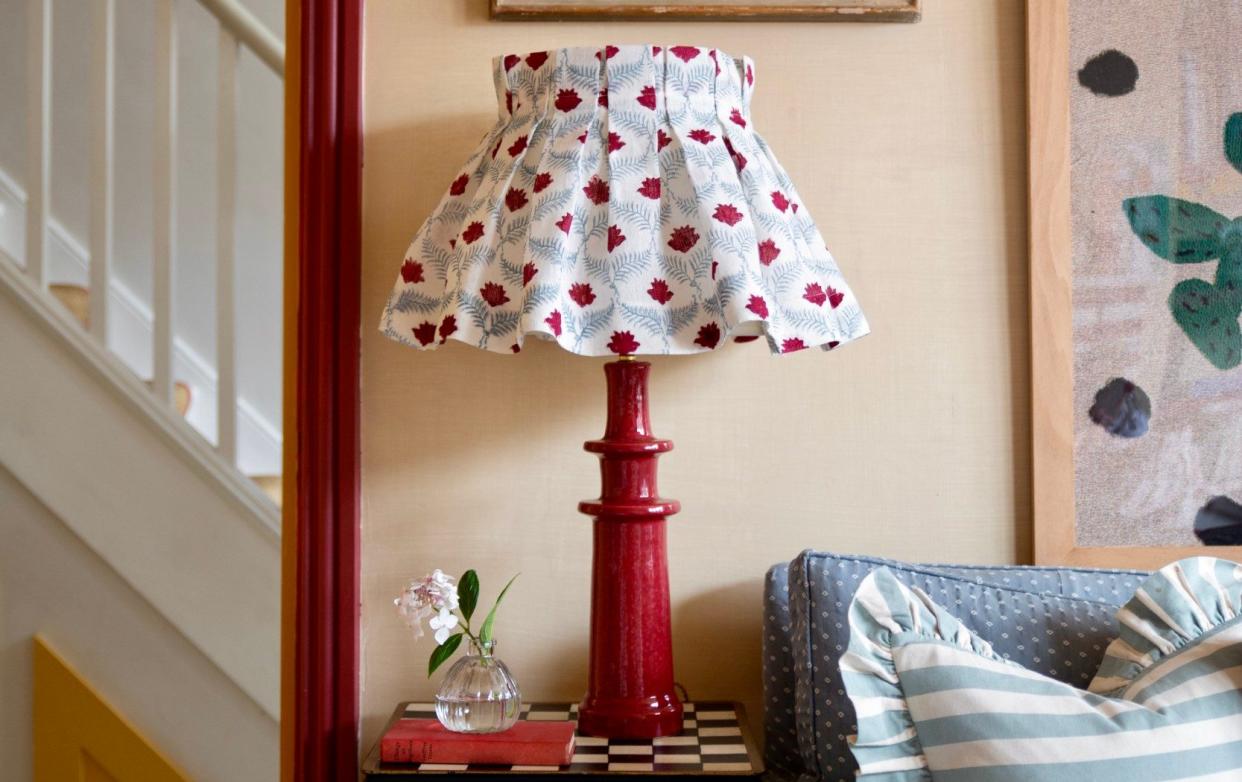
When John Lewis notes that searches for lamps are on the rise, it’s fair to say a mini movement is occurring in homes across the nation. Where interior designers go, the high street follows, and right now, lamps are “it”. Lighting collections from interior designers such Susie Atkinson, Matilda Goad and Nicola Harding are in demand, and brands such as Soho Home and Lights & Lamps deliver a luxe look reminiscent of boutique hotels and members’ clubs, available to everyone. The days of simple lighting (spotlights overhead plus a token table lamp) are over. Now it’s about pools of light, ambience, and personality. So, how do you make it work?
First, create a lighting plan
Harding, who has shown her flair in hotels such as Beaverbrook and The Mitre and recently released her own collection of floor and table lamps, believes the first step in creating the perfect lighting scheme is to create a lighting plan. This involves deciding what types of lamps you need in each area of the room and choosing the right designs to achieve it.
“Start by considering the function of the room,” says Harding. “If it’s a living room, you’ll need ambient lighting for general use, as well as task lighting for reading and accent lighting to highlight artworks or architectural details. In a kitchen, you’ll need brighter task lighting for cooking and food prep, as well as ambient lighting for dining and entertaining.
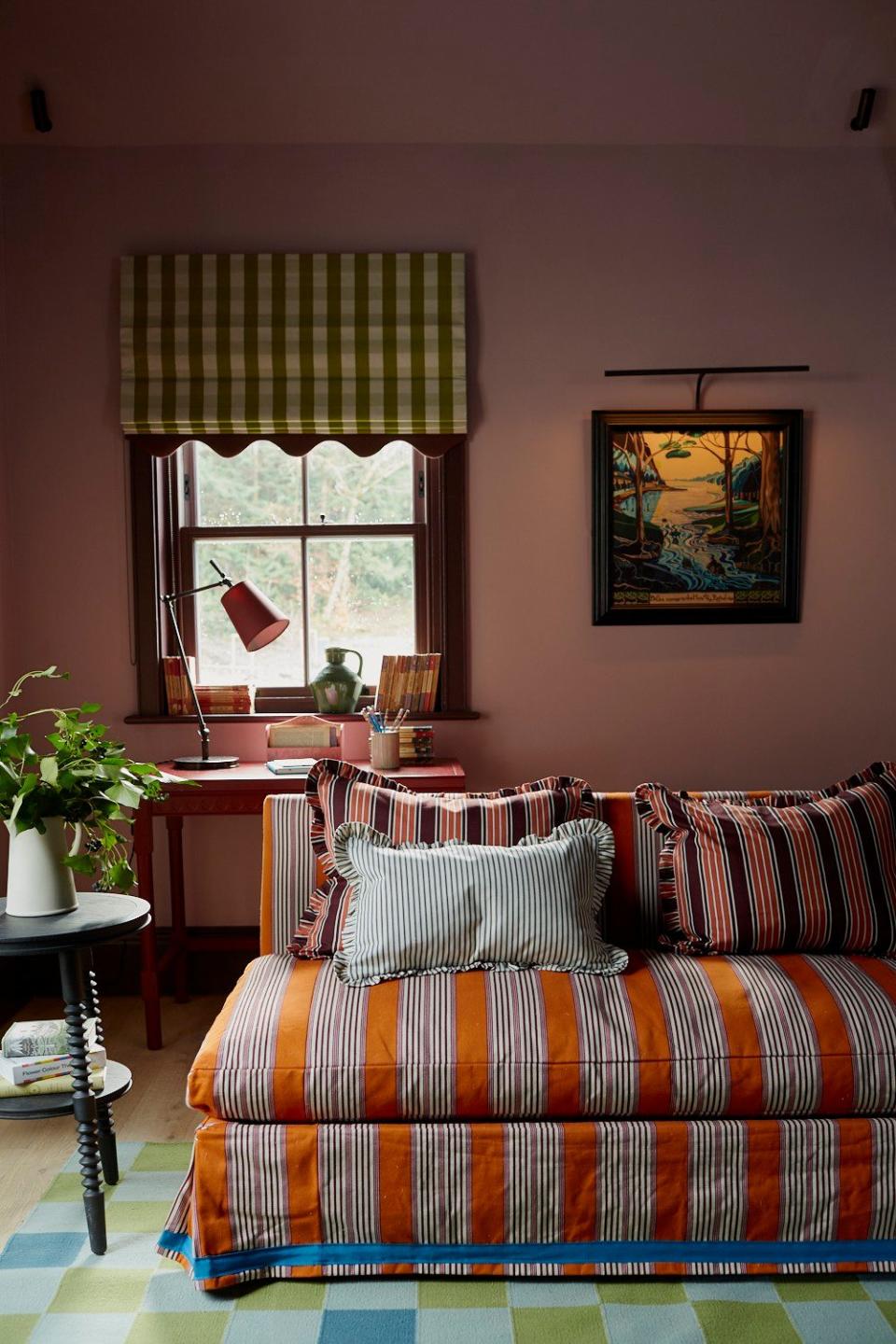
“Once you’ve determined what type of lighting you need, it’s time to choose the lamps. The style should complement the overall design of the room, but it’s also important to consider the function. The purpose of the lamp will determine what to go for – a task lamp will require a shade that directs the light downward, while an ambient lamp will require a shade that diffuses the light.”
Consider balance and aesthetic
Many interiors enthusiasts love a set of rules, especially when it comes to complicated yet crucial elements such as lighting, but interior designer Emma Deterding is happy to throw the rule book out the window – although she does champion balance. “While we have no set rules for anything we design, it’s always important to be aware of proportions and scale,” she says.
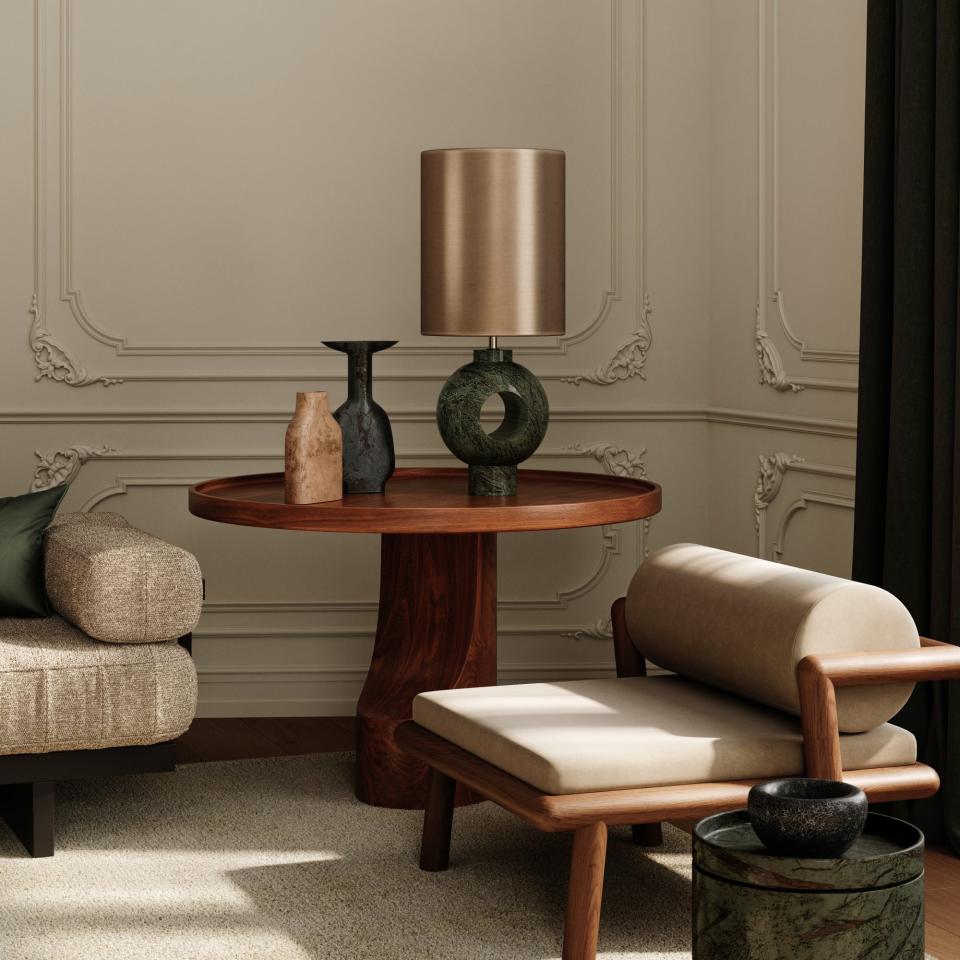
“You don’t want a tiny lamp next to an enormous headboard or on a huge chest of drawers as it’ll just look awkward, insubstantial and may not cast enough light for reading while in bed. When matching lamps with the overall design aesthetic, we tend to look at the colours in the room as well as where and how the lamp will be being used. We then work out whether we want something quirky and interesting to make a statement, or something more muted to complement the existing decor. Sizing is the next consideration: ensure the lamp is proportionate to the space and doesn’t overwhelm or get lost by being too big or small.”
If you do like some guidelines, as a rule of thumb, the height of the lamp should be around two-thirds of the height of the surface it sits on. For larger rooms with high ceilings, consider taller lamps to maintain visual balance. “They can help to fill a dead space and draw the eye to the furthest boundaries of a room, making it feel larger. Conversely, smaller lamps work well in corners or intimate settings,” advise Niki Wright and Scarlett Hampton, co-founders of Lights & Lamps.
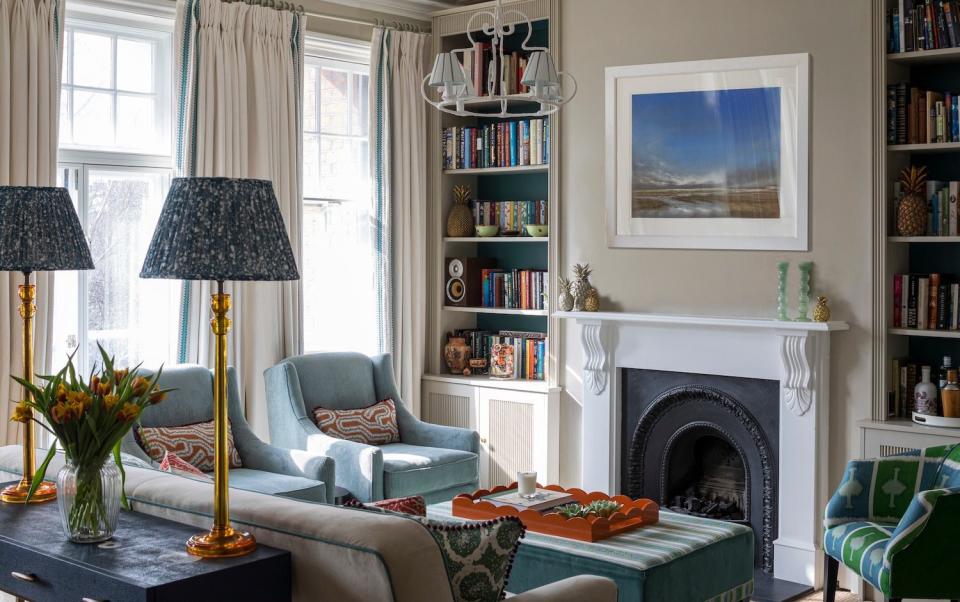
Matching a shade to a base
Alice Palmer has been making her distinctive pleated lampshades (favourites with Carrie Johnson) since 2019, when she struggled to find affordable, versatile, statement lampshades, so decided to make her own in eye-catching fabrics. It’s fair to say, she’s done her research when it comes to sizing.
“I think a lampshade should balance out the table lamp, not outweigh it or make the lamp base feel too large,” she says. “We measure our lampshades by the base diameter, so this can be a good starting point. I would generally say that for a bedside table a 14in is best for a double bedroom and 12in for a single bedroom; for lamp lighting in a sitting room you would want to go for a 16in or 18in and for wall lights, a 6in lampshade. Also, when choosing a lamp size, take into consideration if you have a pendant light above so you can plan out the best lighting levels in the room.”
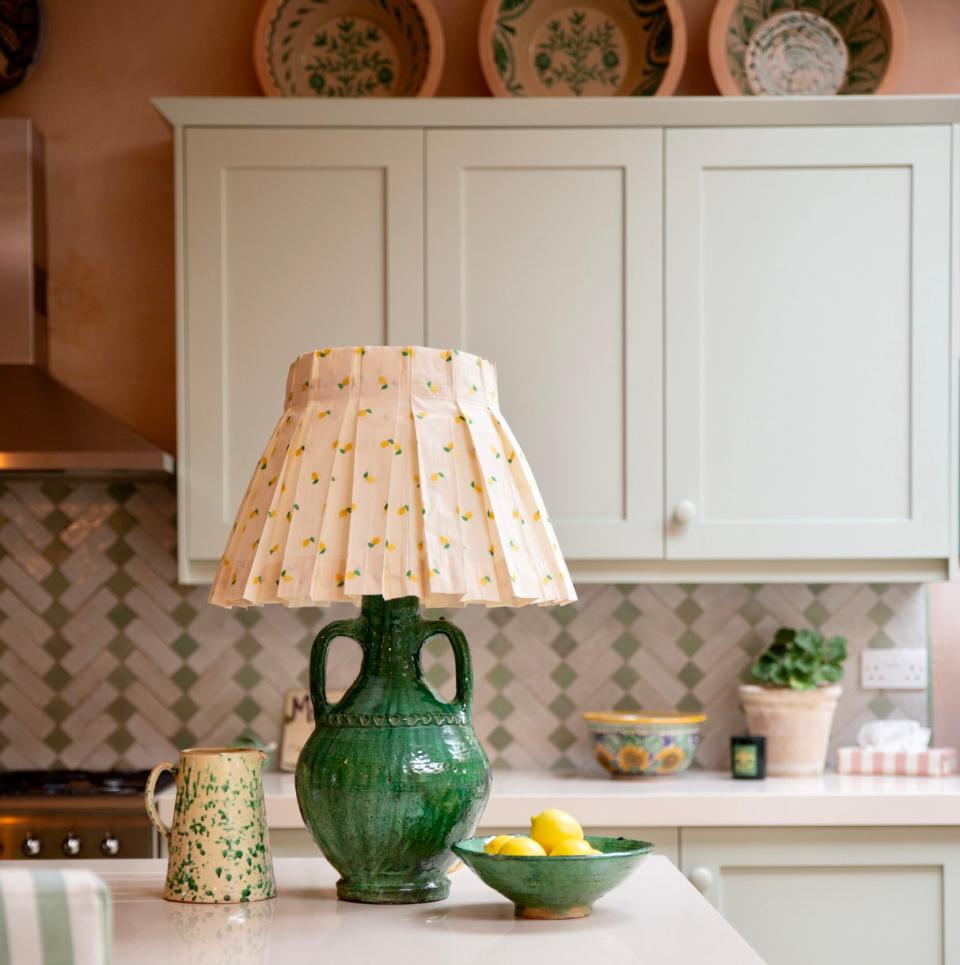
The shape of the lamp base should also be considered when choosing a lampshade – something Harding scrutinised before designing her collection. “A round base works well with a round or drum-shaped shade, while a square or angular base works well with a square or tapered shade. The shape of the shade should complement the shape of the base, creating a cohesive and balanced look. For a clean-lined, modern style, a drum shade is a great option. These simple, cylindrical shades create even light distribution, so they are great for illuminating large areas.
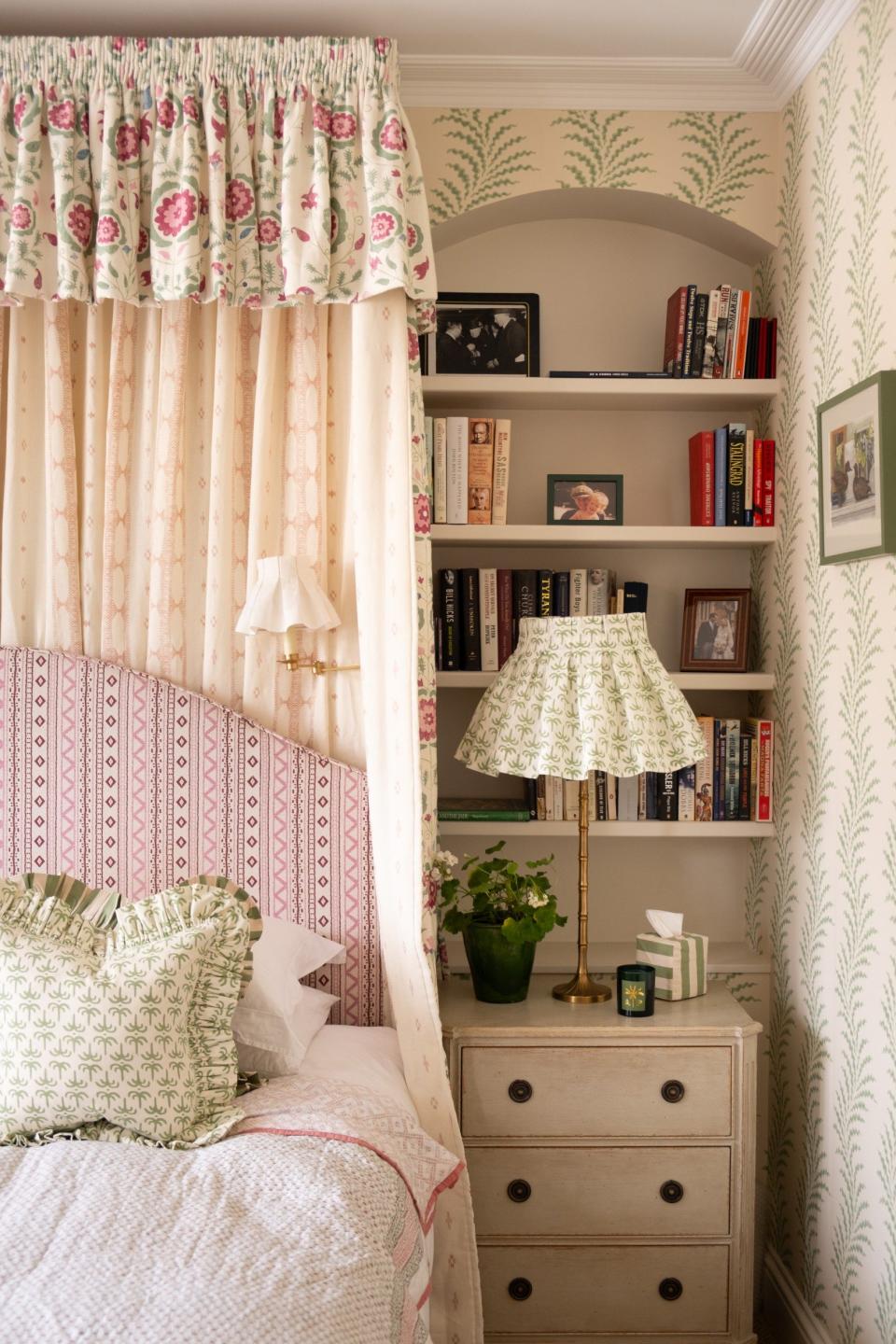
“Compact spaces, such as a bedside table or hallway console, might require a narrower shade, such as one with an elongated taper. You can also opt for a square shade with straight edges that will stand parallel to the wall and take up less space,” she says.
Fabric lampshades give the softest light and are great to mix in with lots of different materials – Palmer even uses hers in the bathroom and the kitchen, to really soften those practical spaces.
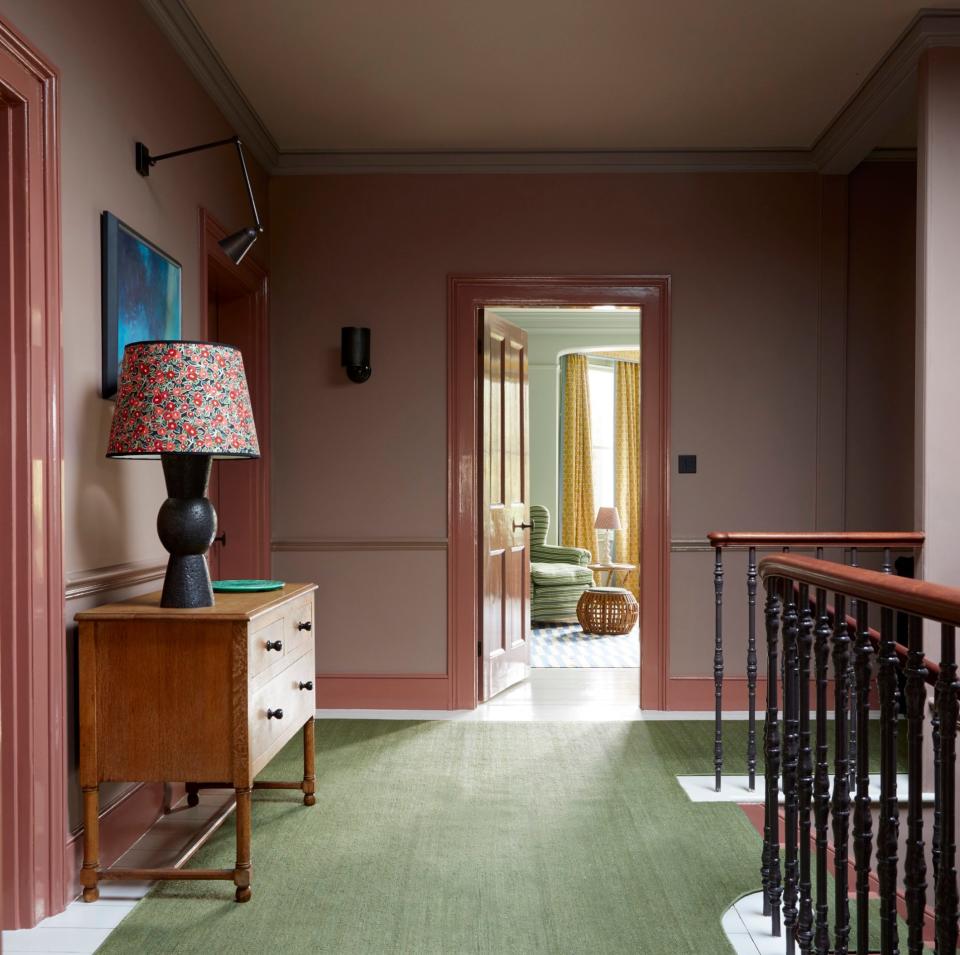
A note on bulbs
Choosing the right bulbs is another important aspect of creating the perfect lighting scheme. There are three main types of bulbs: incandescent, fluorescent and LED. Incandescent bulbs are the most traditional, but also the least energy efficient, for which reason they are being phased out.
Fluorescent bulbs are more energy efficient, but they can be harsh and unflattering. “LED bulbs are the most energy-efficient option and are now available in styles that mimic classic incandescent bulbs,” says Harding. “Look out for the colour temperature when choosing LEDs, as this is important when setting the mood within a space. Use warm-white LEDs to create a subtle, homely atmosphere or cool-white bulbs for a fresh and modern feel.”
The red-hot trend
Searches for cordless portable lamps were up 83 per cent in the first three months of the year as more of us look for flexible lighting options for our homes. From Original BTC’s new Blossom Lamp at nearly £500, to John Lewis’s £65 Mushroom Lamp, the rechargeable lamp market is wide open.
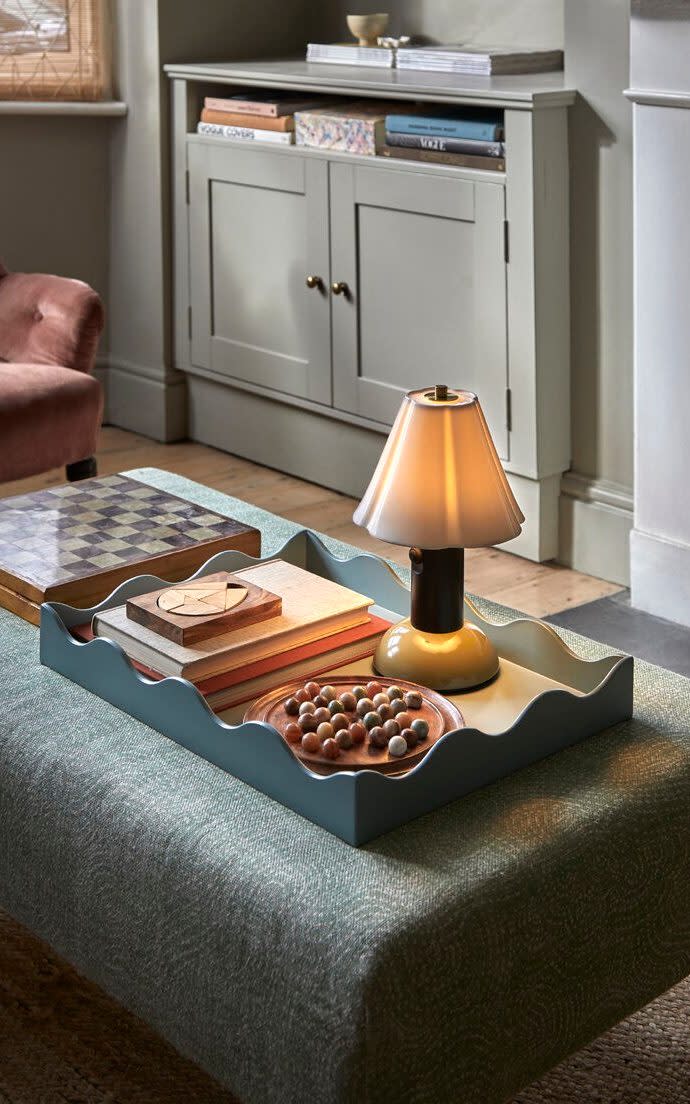
“I think the advent of cheaper, more accessible cordless technology will lead to people doing more innovative things with lighting. We are seeing many more people decorating with cordless lamps as they offer greater flexibility for positioning – I think this is just the beginning,” says Deterding. It’s proving popular to style them on the kitchen island where plugs are absent, an awkward hallway radiator cover and on a tray on an ottoman. They’re also a good option for illuminating a dark corner without a power source nearby.
Whatever your interior style, it’s important to recognise the effect lighting can have in a room – and the way lamps can offer a quick, affordable solution. Just consider how much light you need in different areas and choose lampshades that will provide ambient or direct illumination, while enhancing the overall aesthetic concept. “Have fun choosing colours and patterns that will bring personality to the space,” says Harding, “and remember that swapping out lampshades is an easy and cost-effective way to refresh a room whenever you want.”
Table lamps to try...
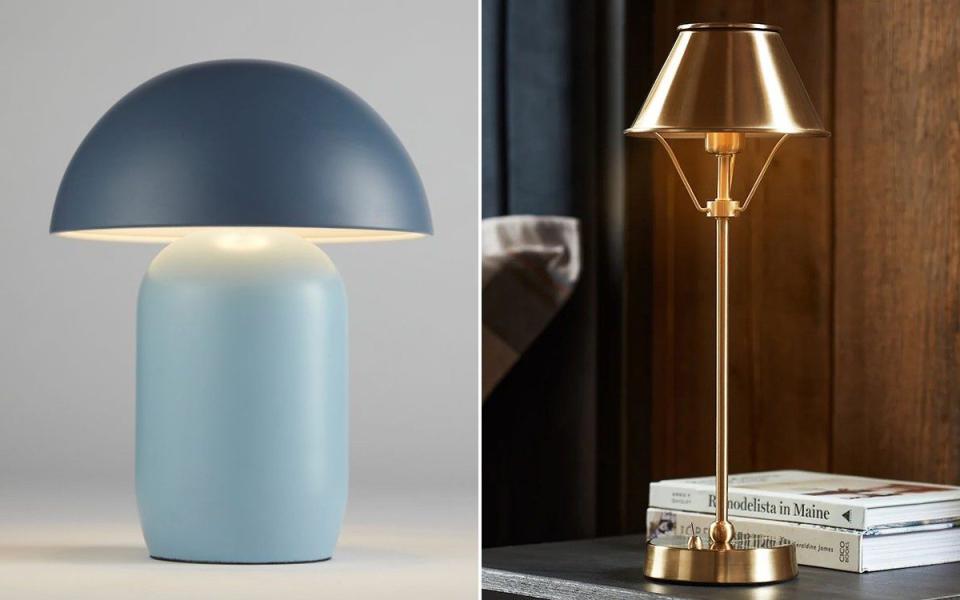
Mushroom portable lamp, £65, John Lewis; Battery-operated table lamp, £45, Next
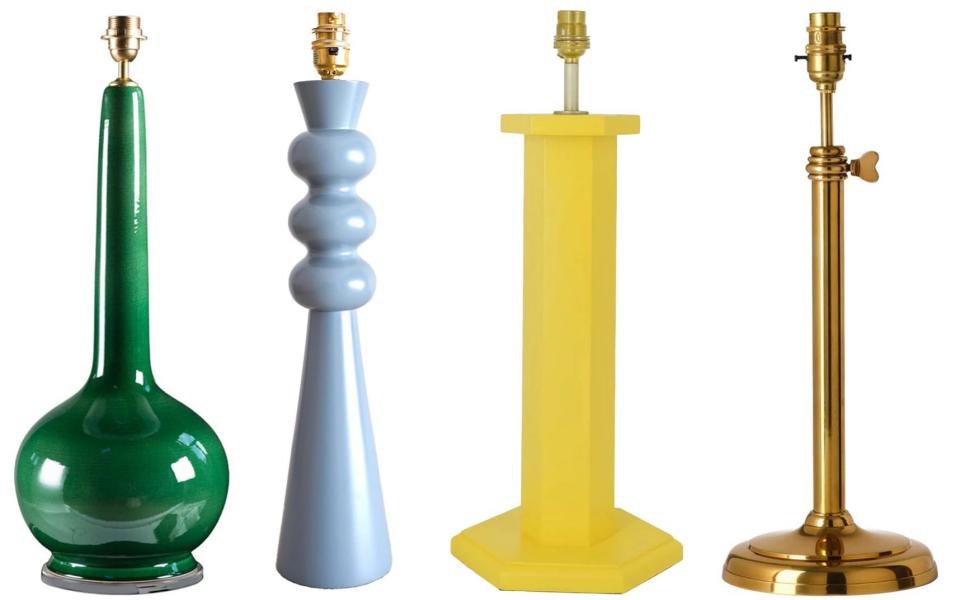
Beau lamp base, £395, Kelling Home; Thistle lamp base, £295, Form by Tallboy; Hexagon lamp base, £280, Issy Granger; Adjustable brass lamp base, £350, Matilda Goad
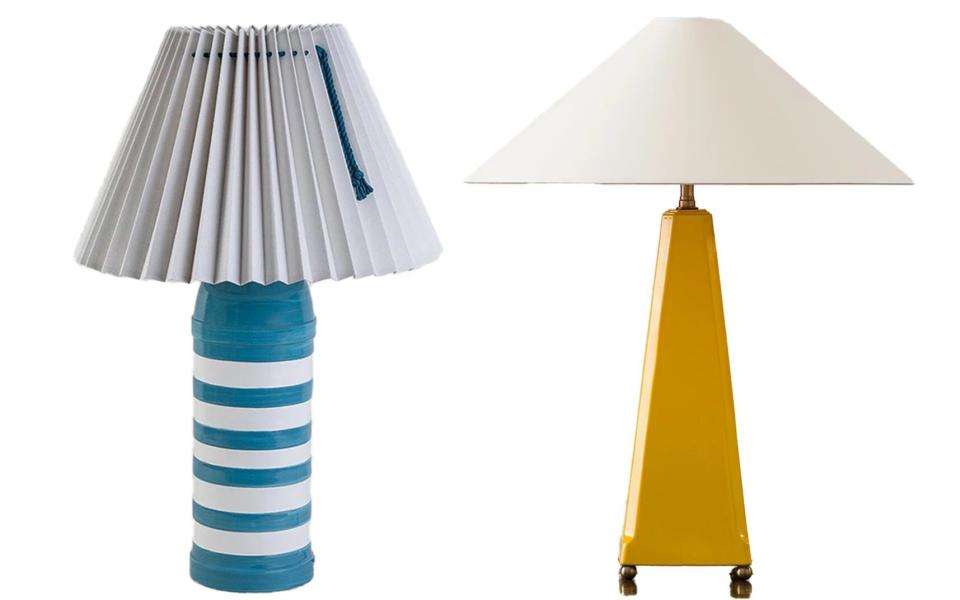
Humbug lamp base, £295, Nicola Harding; Plato light, £875, Studio Atkinson


